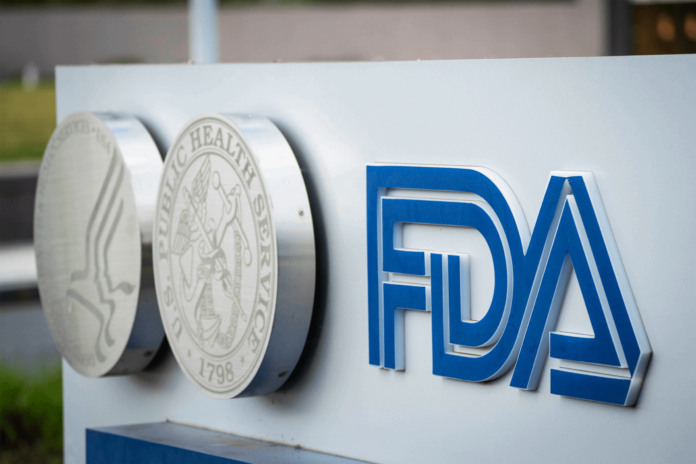The Trump administration’s draft budget for 2026 outlines a seismic shift in food safety oversight, proposing to eliminate the Food and Drug Administration’s direct role in routine inspections of food facilities and hand that responsibility over entirely to state governments.
The proposed cut would slash FDA’s congressional appropriations by nearly 19% — from $3.6 billion in FY2024 to just $2.9 billion — according to a draft document reviewed by MedTech Dive and industry insiders. The FDA currently plays a key role in safeguarding nearly 80% of the nation’s food supply, conducting thousands of inspections to detect and prevent foodborne illnesses.
Under the proposed budget, these routine inspections — averaging around $14,900 each for non-high-risk facilities — would be funded entirely through state-level contracts. While states already conduct about one-third of FDA’s routine food inspections, the proposal would shift 100% of that responsibility to them.
What’s at Stake
Routine inspections are not just regulatory checkboxes — they’re essential for public health. A 2023 GAO report revealed that 74% of food facilities due for inspection in fiscal 2021 were not assessed on time, largely due to pandemic-era backlogs and budget limitations. Removing FDA’s direct oversight could stretch this already fragile system even thinner.
Critics fear that while shifting inspections to the states may seem efficient on paper, it could open wide cracks in food safety enforcement if the states are not equipped — financially or logistically — to handle the task.
“States can provide additional inspection capacity and often do so at a lower cost,” said the Consumer Brands Association. However, Steven Grossman, former executive director of the Alliance for a Stronger FDA, warns that without robust federal funding and infrastructure, many states will be ill-prepared to take over the critical function of food facility inspections.
Ripple Effects Through the Food Industry
For food producers, the move introduces uncertainty. Manufacturers accustomed to a single set of federal standards may now face a patchwork of state-level oversight — varying in strictness, scope, and enforcement practices. This could lead to compliance confusion, increased operational costs, and uneven consumer safety protections across states.
Moreover, with states facing their own fiscal pressures, there’s a risk that some may prioritize industries or regions with greater political or economic influence, potentially compromising the impartiality and rigor of inspections.
The move could also strain already-stressed state health departments, some of which have not scaled up their workforce or labs post-COVID. Without federal support, rural or underfunded regions may see fewer inspections, delayed responses to foodborne illness outbreaks, or even gaps in enforcement altogether.
A Step Toward Deregulation — Or A Risk to Public Health?
From a political standpoint, the proposal reflects a broader deregulatory agenda — pushing responsibilities to states and reducing the federal footprint. But experts question whether public health and food safety should be part of that experiment.
“This is a direct loss in federal oversight,” Grossman stated, emphasizing that any modest increases in FDA user fees (collected mostly from drug and device manufacturers) won’t offset this loss, particularly as user fees contribute only 1% to the food program’s budget.
Congressional Uncertainty and Industry Fallout
The draft budget is far from final. It requires congressional approval — including 60 votes in the Senate, which means support from at least seven Democrats. Analysts expect bipartisan resistance, particularly against the proposal’s deeper cuts to the National Institutes of Health (NIH), which could see a 40% budget reduction.
While cuts to NIH could impact early-stage medical research and nutrition science, the proposed FDA rollback would affect food safety immediately and visibly. The FDA’s buildings, facilities, and staff salaries are also excluded from the proposed funding — putting additional strain on agency functions already thinned by layoffs.
Conclusion: Preparedness vs. Public Risk
Whether intended as a cost-cutting measure or a decentralization strategy, the proposal puts the onus on individual states to uphold a cornerstone of public health: food safety. The question is not whether states can do inspections — many already do — but whether they can do them consistently, effectively, and with the same authority and resources as the FDA.
If enacted, this shift would mark one of the most significant structural changes to U.S. food regulation in decades. For now, industry stakeholders, public health officials, and lawmakers alike are watching closely — with serious questions about whether this transition will strengthen food oversight or put consumers at greater risk.

